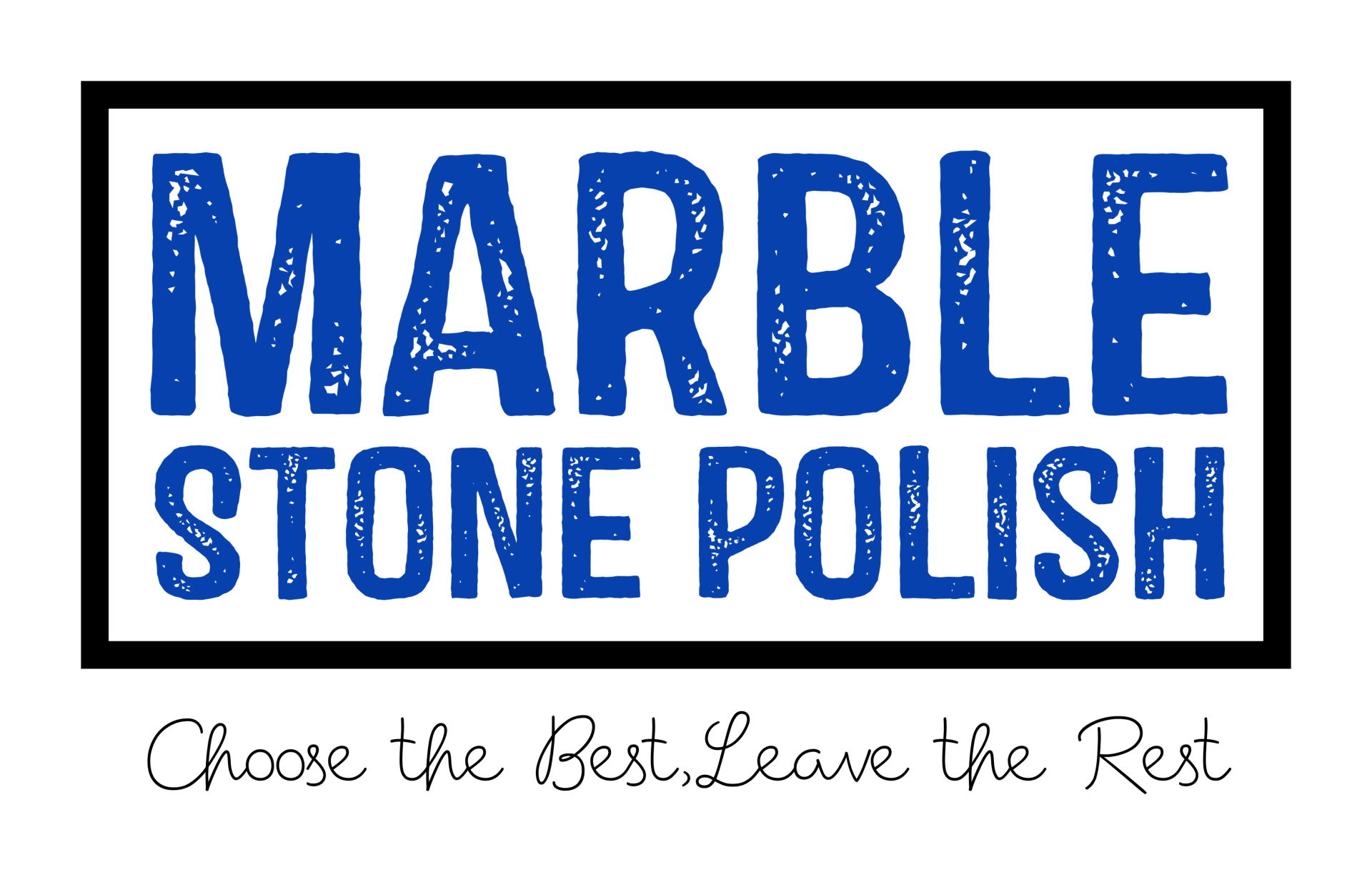Unveiling the Brilliance: A Step-by-Step Guide to Professional Stone Polishing Practices
The enduring appeal of natural stone lies in its unique patterns, colors, and inherent gleam. However, as time passes and wear and tear take their toll, even the most beautiful stone surface can lose its shine. This article will walk you through expert techniques for polishing natural stone, helping to restore its former luster and preserve its timeless charm.
Understanding Natural Stone Polishing
Before diving into the nitty-gritty of the polishing process, it's essential to understand what stone polishing means. In essence, stone polishing is a series of processes used to smooth the surface of the stone and bring out its natural shine. This is achieved by grinding the stone with progressively finer grits of abrasive materials until it reaches a smooth and reflective finish.
Expert Techniques for Natural Stone Polishing
Let's explore the step-by-step process that professionals use to bring back the original shine of your natural stone.
1. Inspection and Cleaning
The first step in the process is a thorough inspection of the stone surface to identify any cracks, chips, stains, or areas of wear. The surface is then cleaned to remove any dust, dirt, or grime that could interfere with the polishing process. Professionals often use pH-neutral cleaning agents to prevent any harm to the stone during this process.
2. Grinding
The next step is grinding, which removes the outermost layer of the stone to eliminate deep stains, scratches, and other imperfections. This is typically performed with a low grit diamond abrasive pad. Depending on the state of the stone, professionals may start with a coarse pad and gradually move to a finer grit.
3. Honing
Honing is the process of further smoothing the stone with higher grit abrasives, typically ranging from 200 to 400 grit. This process not only removes the scratches left from the grinding stage but also prepares the stone for the final polishing.
4. Polishing
Once the stone is adequately honed, it's time for polishing. Polishing involves the use of very fine grit (ranging from 800 to 3000 grit, depending on the stone type) to achieve a glossy shine. This process is what brings out the stone's natural beauty and distinct characteristics.
5. Sealing
The final step in the process is sealing, which is essential for protecting the newly polished surface. A high-quality stone sealer penetrates the stone's surface to provide protection against stains and moisture without affecting the stone's natural look. This crucial step ensures that your stone's newfound shine lasts longer.
Taking Care of Your Polished Stone
After restoring the shine to your stone, it's vital to follow proper care practices. This includes regular cleaning with pH-neutral cleaners, immediate clean-up of spills to prevent staining, and avoiding abrasive cleaning tools that can scratch the surface. For high traffic areas or surfaces subject to heavy use, periodic professional polishing may be needed to maintain the stone's shine.
Restoring the shine of natural stone requires a thoughtful, careful approach. While it's possible to do this yourself for smaller projects or minor touch-ups, professional stone polishing is often the best way to revive larger or more heavily worn surfaces. By relying on expert techniques, you can breathe new life into your natural stone, restoring its shine and preserving its beauty for years to come.


